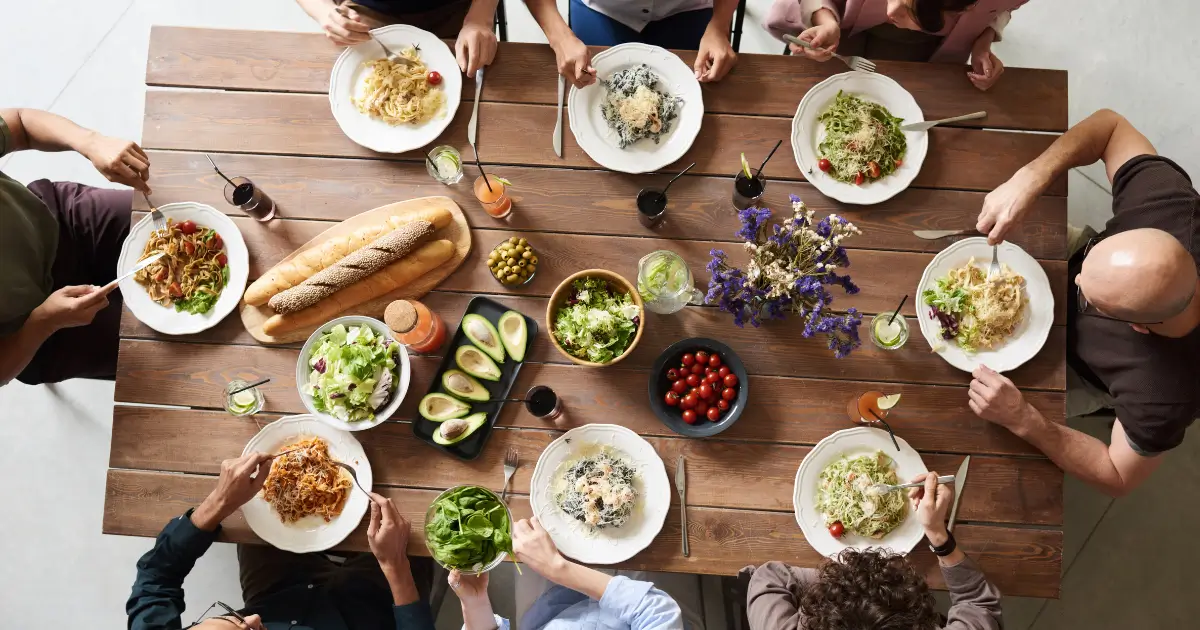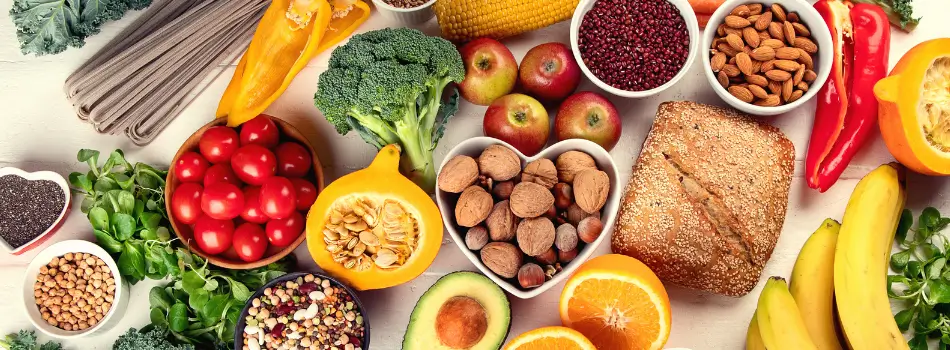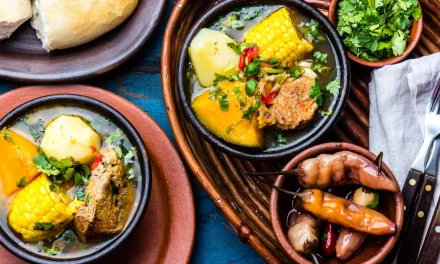American eating habits are in the midst of a cultural reset. Driven by technology, health awareness, climate concerns, and global influences, the way Americans eat in 2025 reflects more than just taste—it tells a story about values, identity, and change. This article breaks down how Americans are redefining meals, restaurants, grocery shopping, and even snacking. Whether you’re a foodie, a health-conscious eater, or just curious about the American lifestyle, this guide reveals the true flavor of the modern U.S. dining experience.
The Evolution of American Eating Habits
How did a nation built on burgers and fries become obsessed with fermented vegetables, protein bowls, and oat milk? American eating habits have shifted drastically in the last decade, driven by younger generations who care about what’s on their plate and where it comes from. Convenience still matters—but now it must come with nutrition, sustainability, and often, a social message.
Health-First Mentality in American Eating Habits
Rise of Whole Foods and Functional Eating
Forget fad diets—2025 is about food that fuels. Americans are leaning into gut health, anti-inflammatory diets, and adaptogens. Supermarkets are stocked with turmeric tonics, seaweed snacks, and high-protein, plant-based meals that promise more energy and less guilt.
Personalized Nutrition and DNA-Based Diets
Apps and wearables now offer meal suggestions based on genetics, lifestyle, and health goals. Nutrition isn’t one-size-fits-all anymore, and people expect their food to match their unique biological makeup.
Tech & Convenience in Modern American Eating Habits
Smart Kitchens and AI Meal Planning
Meal prep is being outsourced to algorithms. Americans are increasingly relying on AI-driven grocery lists, smart ovens with recipe syncing, and delivery apps that learn your habits better than you do.
Rise of Ghost Kitchens and Automated Dining
Food delivery is evolving. Instead of restaurants, many meals come from ghost kitchens—facilities built only for takeout. Some cities now offer robot-run cafes and drive-throughs with zero human interaction.
Cultural Diversity Influencing American Eating Habits
Global Flavors at Home
From Korean BBQ kits to Moroccan spice blends, international cuisines are now everyday staples. Food media, TikTok chefs, and travel-starved Americans have brought the world to their plates.
Fusion Cuisine and Culinary Experimentation
Chefs and home cooks are merging cultures in creative ways—think sushi burritos, tandoori tacos, or matcha cheesecake. It’s not about authenticity, but creativity, accessibility, and joy.
Sustainability and Responsibility in American Eating Habits
Conscious Consumption and Ethical Choices
Labels now go beyond calories. Consumers care about carbon footprints, humane practices, and packaging waste. Many restaurants highlight sourcing transparency as much as flavor.
Plant-Based Push and Meat Alternatives
Meat is no longer the centerpiece. With lab-grown proteins and mushroom-based meat hitting shelves, American eating habits now embrace alternative proteins that balance taste, nutrition, and environmental values.
Eating Out, Eating Together: Social Shifts
From Fast Food to Fast Casual with Purpose
Chains are evolving. Gone are the days of greasy diners—2025 fast casual focuses on clean ingredients, customization, and stylish design. Even burger joints now serve vegan patties and kombucha.
Digital Dining and Social Media Influence
What people eat is increasingly influenced by what they see online. Social platforms dictate food aesthetics, menu trends, and even table settings. Brunch isn’t just a meal—it’s a curated experience worth sharing.
Why American Eating Habits Matter Globally
What Americans eat influences the world. As U.S. food trends spread through media, exports, and entertainment, their shift toward health, sustainability, and tech-driven meals signals a global transformation. In 2025, American eating habits are more than just diet—they’re a cultural blueprint for modern living.
this content is created by estpostingmonster.com















